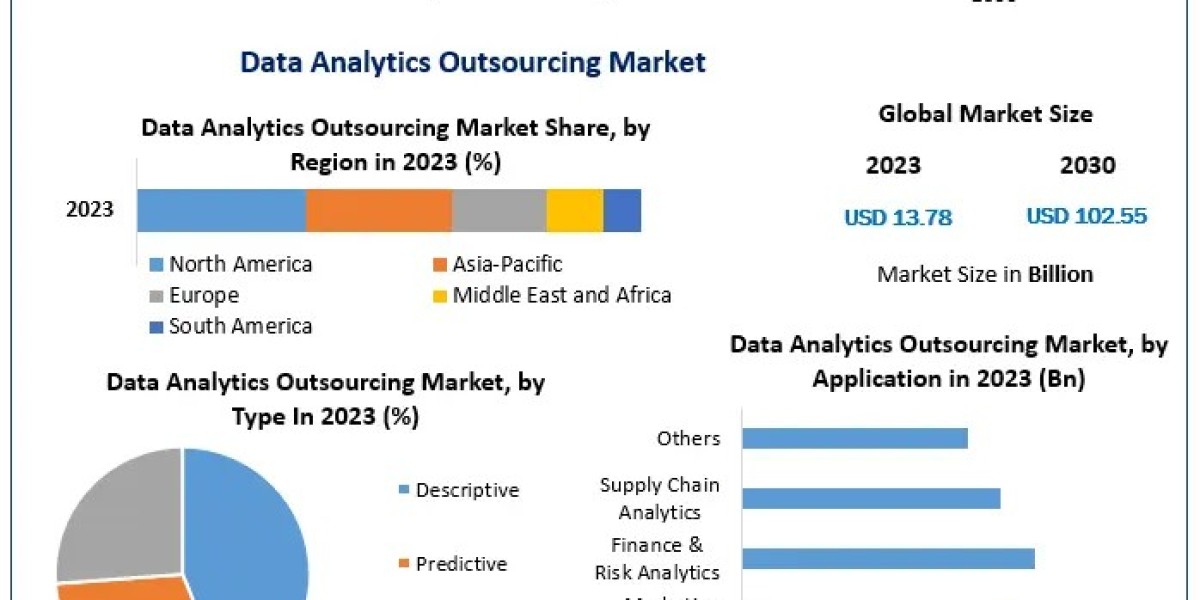The mining industry is vast and complex, with various types, processes, and providers involved in extracting valuable resources from the earth. To better understand and analyze this industry, we can segment the mining market into different categories: type, process, and provider.
Let's explore mining market segmantation.
Types of Mining
Surface Mining: This method involves removing the soil and rock that cover mineral deposits. Common types of surface mining include:
- Open-pit mining: Extracting rocks or minerals from an open pit.
- Strip mining: Removing long strips of overlying soil and rock.
- Mountaintop removal: Blasting away the tops of mountains to access coal seams.
Underground Mining: This method involves digging tunnels or shafts to reach buried mineral deposits. It's often used for minerals that are deep beneath the surface. Examples include:
- Shaft mining: Vertical or near-vertical tunnels.
- Slope mining: Diagonal shafts dug into the ground.
Placer Mining: This involves sifting valuable minerals from sediments in riverbeds, beaches, or other environments. It's commonly used for gold.
In-situ Mining: Also known as solution mining, this process involves dissolving minerals in place and then pumping the solution to the surface for extraction.
Mining Processes
Exploration: The first step in mining, involving searching for mineral deposits. Geologists use various techniques to locate potential mining sites.
Extraction: The actual removal of minerals from the earth. This can be done using different methods depending on the type of mining.
Processing: Once minerals are extracted, they often need to be processed to separate valuable materials from waste. This can involve crushing, grinding, and chemical treatments.
Reclamation: After mining, the land is often restored to its natural state or repurposed for other uses. This is important for environmental sustainability.
Mining Providers
Mining Companies: These are the companies that own and operate mines. They can range from small operations to large multinational corporations. Examples include Rio Tinto, BHP, and Vale.
Equipment Manufacturers: These companies provide the machinery and tools needed for mining. Caterpillar and Komatsu are well-known names in this category.
Service Providers: Various service providers support mining operations, including drilling companies, environmental consultants, and logistics firms. They play crucial roles in ensuring mining activities are efficient and compliant with regulations.
Technology Providers: With the rise of digitalization, tech companies are increasingly involved in mining. They offer solutions like automated machinery, data analytics, and remote monitoring systems to improve efficiency and safety.
Conclusion
Understanding the mining market involves looking at the types of mining, the processes involved, and the various providers that support the industry. This segmentation helps stakeholders make informed decisions, optimize operations, and address challenges effectively. Whether you're a student, investor, or industry professional, breaking down the mining market in this way provides a clearer picture of how this essential industry functions.
In a similar vein, if you're developing applications to support mining operations or any other complex industry, it's crucial to have the right technical expertise. For seamless and efficient application development, consider choosing to hire Laravel developer . A skilled Laravel developer can create robust, scalable, and secure applications tailored to meet the specific needs of your business, ensuring you stay ahead in today's competitive landscape.













